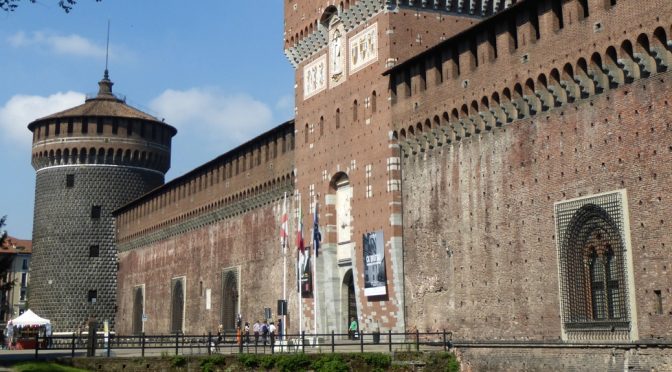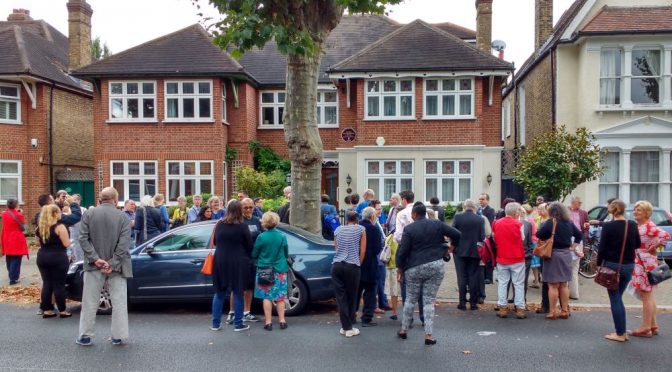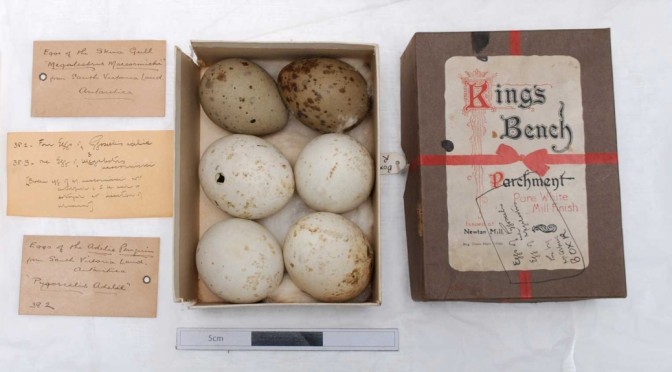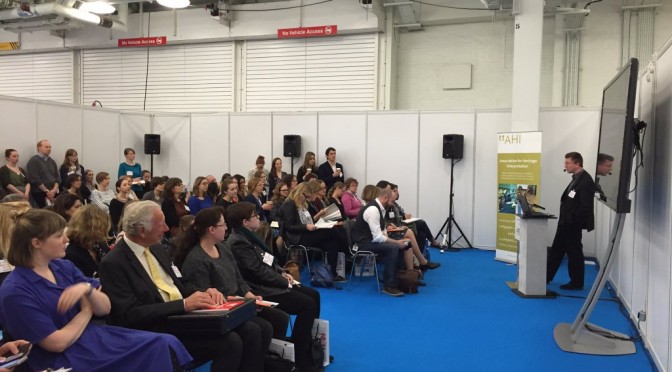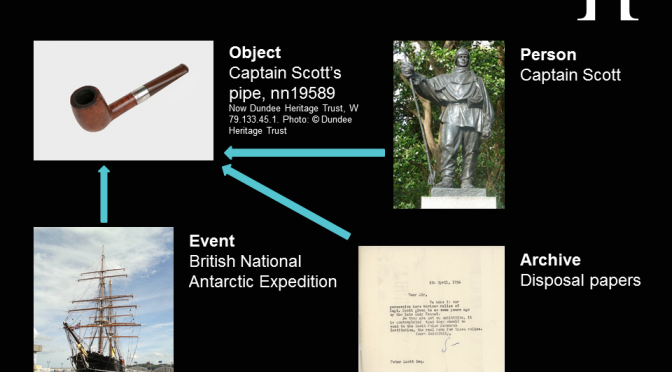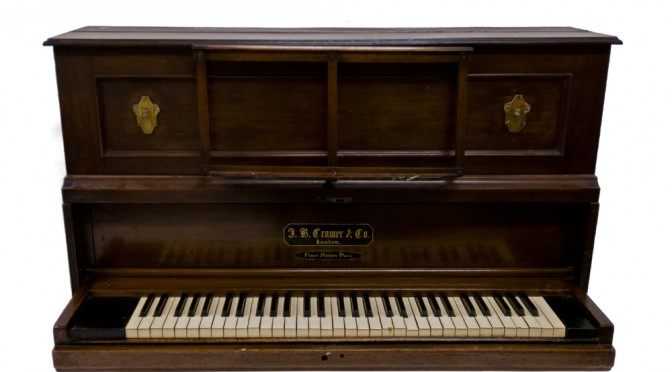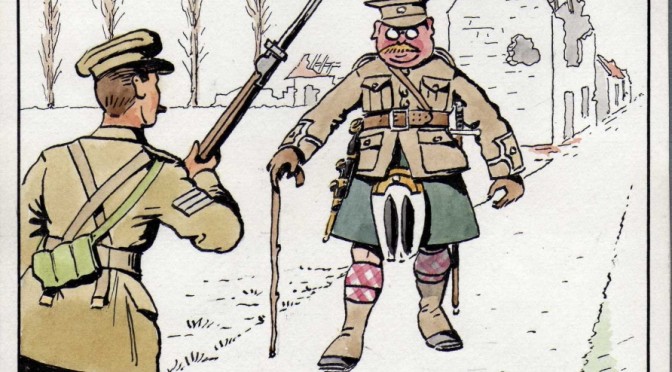July was a busy month – so busy, that I’ve only now finished writing up notes from the five different conferences, workshops and meetings that I attended in just over three weeks. But why spend so much time out of the office? Continue reading One month, five events
Captain Colbeck’s plaque
Further to my piece on Captain Colbeck’s eggs, I was delighted to be invited to the unveiling of a plaque in memory of William Colbeck on the site of his old house at Inchmery Road in Catford, south-east London. Organised by Sandra Margolies, Colbeck’s grand-daughter, the event was attended by many of Colbeck’s descendants – as well as relatives of his former shipmate on the SY Morning, Alfred Cheetham, and of E. A. Wilson, the zoologist and junior surgeon on the Discovery expedition and chief of the scientific staff on the Terra Nova expedition.
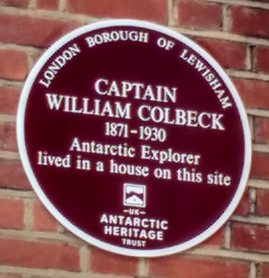
There were speeches by Kate Richardson, of the Culverley Green Residents’ Association; Donald Lamont, chairman of the UK Antarctic Heritage Trust; and Sir Steve Bullock, Mayor of Lewisham. The plaque was ‘unveiled’ by Kevin Fewster, Director of Royal Museums Greenwich. Everyone was given copies of the burgee of the Pirate Yacht Club, Bridlington, taken by Colbeck on the Southern Cross expedition, to wave.
The event concluded with a small reception, at which a rather spectacular cake, decorated with penguins (identified by David Wilson as baby Emperors and adult Gentoos), was served.
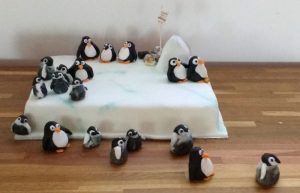
Captain Colbeck’s eggs
A couple of years ago, I wrote a piece for this site about a series of objects from Antarctica that had been collected by the Horniman Museum and – in several cases – subsequently disposed of. I also wrote a longer essay for the Horniman’s website about the objects. In the latter piece, I noted that we had been unable to find some of the better-documented objects: several birds’ eggs donated by a person named in the registers as C. T. Colbeck (see also here). I was, therefore, delighted to receive a tweet a couple of weeks ago from my former colleague Justine Aw, saying that the eggs had been found whilst working through the Horniman’s collections following a collection review. Continue reading Captain Colbeck’s eggs
A snapshot of #MuseumDocumentation
In preparation for a short talk which I’ll be delivering with Angela Kipp of the Registrar Trek blog at one of the CIDOC strands at the ICOM 2016 conference in Milan, I’ve been looking at how the #MuseumDocumentation Twitter hashtag has been doing, using a snapshot of the last nine days provided by TweetReach. I’ve Storified the top tweets and contributors, and you can see the results here.
Recognise yourself amongst the top tweets or contributors?
Reviewing your collections?
I gave a talk today at the Museums + Heritage Show, about a major collection review which took place at my previous employer, the Horniman Museum , between 2012 and 2015.
The whole talk is available elsewhere on this site, albeit rather buried, because I’ve treated it as a publication rather than a post – fair enough, given that it’s a few thousand words long. But I thought a quick summary might be interesting for those of you who don’t want to read the whole thing. Continue reading Reviewing your collections?
Why half the world’s museum specimens are wrongly labelled
My colleagues who work in museum documentation have rightly been indignant about an article published by the Daily Telegraph yesterday, under the attention-seeking headline ‘Half of world’s museum specimens are wrongly labelled’.1 Continue reading Why half the world’s museum specimens are wrongly labelled
- Sarah Knapton, ‘Half of world’s museum specimens are wrongly labelled, Oxford University finds’, The Telegraph (published online 17 November 2015) <http://www.telegraph.co.uk/news/science/science-news/11998634/Half-of-worlds-museum-specimens-are-wrongly-labelled-Oxford-University-finds.html> accessed 17 September 2015. [↩]
What should we be doing next?
I was flattered to receive an email a few months ago from Nick Poole, at that point still the Chief Executive of Collections Trust, asking me to speak at the Trust’s forthcoming annual conference. Nick suggested that I might ‘take a look at where we are today with documentation, which challenges have been solved and which are still to be addressed’ – all in twenty minutes! Those of you that know me will also realise that this isn’t really the way I work: I prefer to start with the detail and work outwards from that, rather than beginning with grand abstractions about the bigger picture. But after a quick exchange of emails, Nick and I agreed a subject, and I gave my lecture at the Collections Trust 2015 conference at the Natural History Museum a few weeks ago.
#TwitteratiChallenge
I realise, looking at this site’s dashboard, that I’ve not posted much recently. In part this is down to personal distractions; in part it’s because I’ve been doing a lot of reading, and some writing, on the subject of renaissance magnificence – on which, I hope, more will follow later; and in part it’s because I’ve had my head down with things like a complete review of the Horniman Museum’s core documentation procedures prior to an accreditation return (if you work in UK museums, you’ll understand what that entails). Then I received a Twitter notification to say that Katie Hobbs had nominated me in the Twitterati Challenge. Continue reading #TwitteratiChallenge
Captain Scott’s piano
In its new display on domestic keyboard instruments, ‘At Home With Music’, the Horniman Museum has been making something of a piano of the type taken to the Antarctic by Robert Falcon Scott on his first expedition, the British National Antarctic Expedition (also known as the Discovery expedition) of 1901-4.
As I’ve been reading Scott’s account of the expedition, The Voyage of the Discovery, when I’ve been away from home (my copy – 2 vols, London etc: Thomas Nelson & Sons, undated – is conveniently pocket-sized), I thought I’d publish the references which Scott makes to the use of the piano, and events at which it must have been employed.
‘The notorious Major B-D’: my great-grandfather and the Christmas truce
Last Saturday, 20 December, I went back to my old school, Loretto, for the first time in 29 years. I was drawn not by any great feeling of nostalgia for my schooldays, but because the story of my great-grandfather, Archibald Henry Buchanan-Dunlop, was the impetus behind events that were being held there to mark the centenary of the Christmas truce on the Western Front. These culminated in the unveiling, in the school chapel, of a window made by Kate Henderson commemorating the truce and my great-grandfather’s role in it. But what, exactly, was his role?
Continue reading ‘The notorious Major B-D’: my great-grandfather and the Christmas truce
